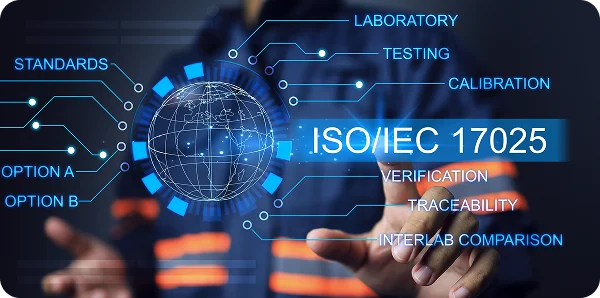In high-risk industries like mining and oil & gas, safety is paramount. With operations involving extreme pressures, temperatures, and hazardous materials, even minor equipment malfunctions can lead to catastrophic consequences. Effective calibration and testing of pressure equipment, gauges, and safety systems play a crucial role in maintaining safe working environments across Australia’s resource sectors.
The Importance of Calibration and Testing
Calibration and testing involve the precise measurement and verification of equipment performance against established industry standards. This process ensures that pressure vessels, relief valves, flow meters, and other critical instruments function accurately and reliably. In Australia, conformity with AS/NZS 3788:2006 (Pressure Equipment – In-Service Inspection) and AS/NZS 1200:2000 (Pressure Equipment General Requirements) is essential to prevent operational failures and enhance workplace safety.
1. Preventing Equipment Failures and Accidents
Mining and oil & gas operations rely on high-pressure systems that must function within precise tolerances. Without routine calibration, components such as pressure relief valves and safety shut-off systems may fail to activate at critical moments, increasing the risk of explosions, fires, and hazardous leaks.
2. Ensuring Regulatory Conformity
Australia has stringent workplace safety laws, with agencies such as Safe Work Australia, WorkSafe, and Resources Safety & Health Queensland (RSHQ) enforcing conformity. Failure to conduct regular calibration and testing can lead to regulatory breaches, fines, or operational shutdowns. Routine inspections ensure conformity with the Work Health and Safety (WHS) Act 2011 and industry-specific safety guidelines.
3. Enhancing Worker Safety
Properly calibrated equipment helps mitigate risks to personnel working in hazardous environments. Inaccurate pressure readings or faulty gas detection sensors can expose workers to dangerous conditions, such as toxic gas leaks or structural failures. Routine calibration minimizes these risks, providing workers with reliable safety systems.
4. Optimizing Operational Efficiency
Accurate instruments not only improve safety but also enhance operational efficiency. Pressure gauges and flow meters that provide precise readings allow companies to optimize fuel use, manage resource extraction effectively, and reduce unnecessary wear and tear on equipment. This leads to cost savings and improved sustainability in mining and oil & gas operations.
The Calibration and Testing Process
The calibration and testing of pressure equipment involve several key steps:
- Inspection and Verification: Equipment is visually inspected for signs of damage, corrosion, or misalignment.
- Testing Against Standards: Instruments are tested under controlled conditions to compare their readings against certified reference standards.
- Adjustment and Fine-Tuning: If deviations are detected, technicians adjust the equipment to restore accuracy.
- Certification and Documentation: Conformity records and calibration certificates are issued, ensuring traceability and adherence to Australian standards.
Moving Towards a Safer Future
With Australia’s mining and oil & gas industries facing increasing scrutiny on workplace safety, the role of effective calibration and testing has never been more critical. Companies that prioritize regular calibration not only protect their workers but also enhance operational longevity and regulatory conformity.
As industry leaders push for greater innovation in safety management, the integration of digital calibration technologies and predictive maintenance strategies is expected to further strengthen safety standards. Ultimately, a proactive approach to calibration and testing will continue to contribute to safer and more sustainable resource extraction in Australia.






